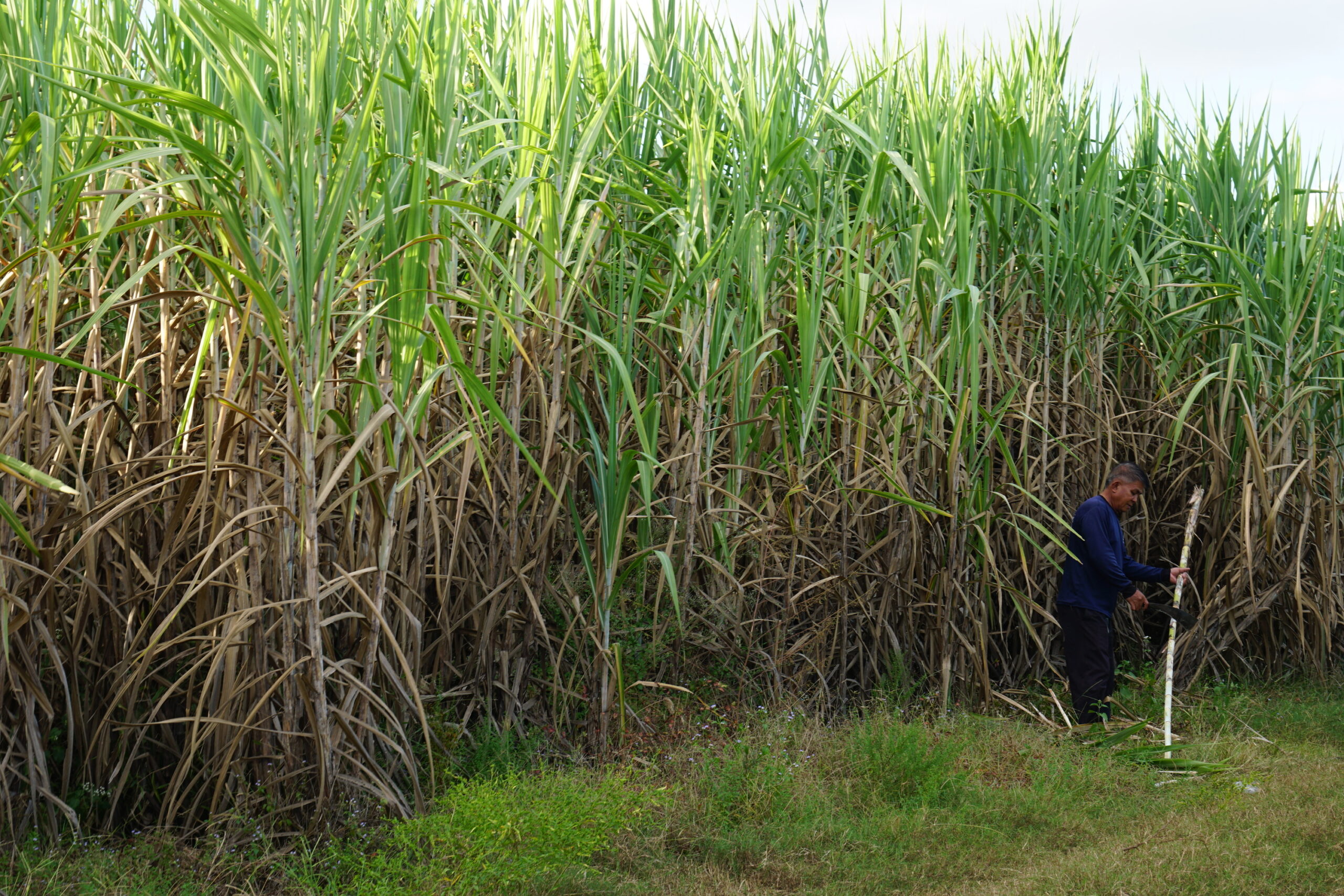Sugar and Cane: Exploring Their Role in Traditional and Modern Cuisine
Exactly How Walking Stick Sugar Handling Chemicals Improve Sugar High Quality and Return
The duty of processing chemicals in walking cane sugar production is pivotal, as they straight influence both the high quality and yield of the last product. The unification of triggered carbon and enzymes offers to optimize the failure of complex sugars, inevitably leading to a purer and higher-quality sugar.
Summary of Walking Cane Sugar Processing
Walking cane sugar processing includes a collection of important steps that transform raw sugarcane right into refined sugar products. The procedure begins with harvesting, where fully grown sugarcane stalks are reduced and carried to refining facilities. Upon arrival, the walking stick undertakes washing to remove contaminations such as dirt and plant materials.
Complying with cleaning, the cane is crushed to remove the juice, which contains sucrose - sugar and cane. This juice goes through information, where lime and warm are used to remove continuing to be pollutants and non-sugar components. The clarified juice is after that evaporated to focus the sugar web content, causing the formation of thick syrup
Following, the syrup is taken shape with a controlled cooling procedure, causing sugar crystals. These crystals are separated from the continuing to be syrup in centrifuges. The raw sugar obtained is commonly brownish as a result of recurring molasses material. To attain polished sugar, additional purification steps are used, consisting of washing, re-crystallization, and drying.
The final product is either packaged as raw sugar or further refined right into white sugar, dealing with numerous consumer and commercial needs. This extensive collection of actions guarantees the production of high-grade sugar, vital for many applications in food and beverage industries.
Key Processing Chemicals Utilized
The production of refined walking stick sugar counts on numerous handling chemicals that play considerable duties at various phases. This step is essential for boosting the overall high quality of the drawn out juice.
Phosphoric acid serves a dual purpose; it enhances the clarification process and helps in the removal of color-forming compounds, contributing to a higher pureness of the last product. Furthermore, sulfur dioxide operates as a lightening representative, enabling the reliable removal of undesirable pigments and enhancing the shade of the sugar.
Other notable chemicals include activated carbon, which is employed for more decolorization, and enzymes that assist in the malfunction of complex sugars into less complex forms, thus improving return. The careful selection and application of these processing chemicals are important for enhancing the performance of sugar removal and refining procedures, eventually causing a much more constant and better sugar product.

Effect On Sugar Quality
Exactly how do processing chemicals affect the quality of refined sugar? The intro of numerous chemicals in the walking stick sugar processing phase dramatically boosts the purity and general top quality of the last product.
Moreover, making use of turned on carbon and ion-exchange resins during the refining procedure plays a crucial function in removing off-flavors and unfavorable odors, adding sites to the sugar's sensory profile. This improvement not only boosts the organoleptic and visual high qualities however likewise enhances the life span by reducing microbial activity associated with pollutants.
In addition, the exact application of these chemicals ensures that the sugar displays a regular grain size and flowability, which are vital characteristics for both industrial applications and consumer choices. In general, the calculated use of processing chemicals is basic in attaining high-quality refined sugar that fulfills sector criteria and customer expectations.

Enhancing Yield Performance
Enhancing return efficiency in walking stick sugar processing includes enhancing numerous phases of manufacturing to take full advantage of the quantity of sugar removed from raw walking cane. One critical element is the choice and application of proper handling chemicals, which can promote the breakdown of cell walls and enhance sugar release during extraction. Chemicals such as enzymes and acids play an important role in this process by hydrolyzing polysaccharides and dissolving impurities, thus improving the overall extraction efficiency.

Routine monitoring and change of processing specifications are essential to preserve performance throughout production (sugar and cane). By using these strategies, sugar producers can not just increase the quantity of sugar gotten but likewise lower waste and lower manufacturing prices, adding to a much more lasting and profitable sugar handling operation
Benefits for Manufacturers and Customers
Walking cane sugar handling chemicals offer significant advantages for both producers and consumers, producing a much more lasting and reliable sector. For manufacturers, these chemicals boost removal procedures, causing greater returns and enhanced sugar high quality. By enhancing the purification and condensation stages, they decrease waste and increase overall productivity, which can significantly decrease production costs. This effectiveness allows manufacturers to continue to be competitive in a worldwide market identified by rising and fall rates and demand.
For consumers, the benefits are just as engaging. The improved top quality of sugar translates to much better taste and consistency in food. Additionally, the usage of handling chemicals can lead to an extra stable supply of sugar, reducing scarcities and cost spikes that can take place because of environmental aspects or market fluctuations. The developments in manufacturing techniques add to sustainability initiatives by decreasing resource usage and waste generation, appealing to environmentally mindful customers.
Final Thought

The duty of processing chemicals in walking cane sugar manufacturing is pivotal, as they straight influence both the top quality and yield of the last product (sugar and cane). The incorporation of turned on carbon and enzymes serves to maximize the break down of intricate sugars, eventually leading to a purer and higher-quality sugar.Cane sugar handling involves a Our site collection of critical actions that transform raw sugarcane right into polished sugar products.Enhancing return efficiency in walking cane sugar processing includes maximizing different phases of production to maximize the amount of sugar removed from raw walking stick.Walking cane sugar handling chemicals play an essential duty in enhancing both sugar quality and return